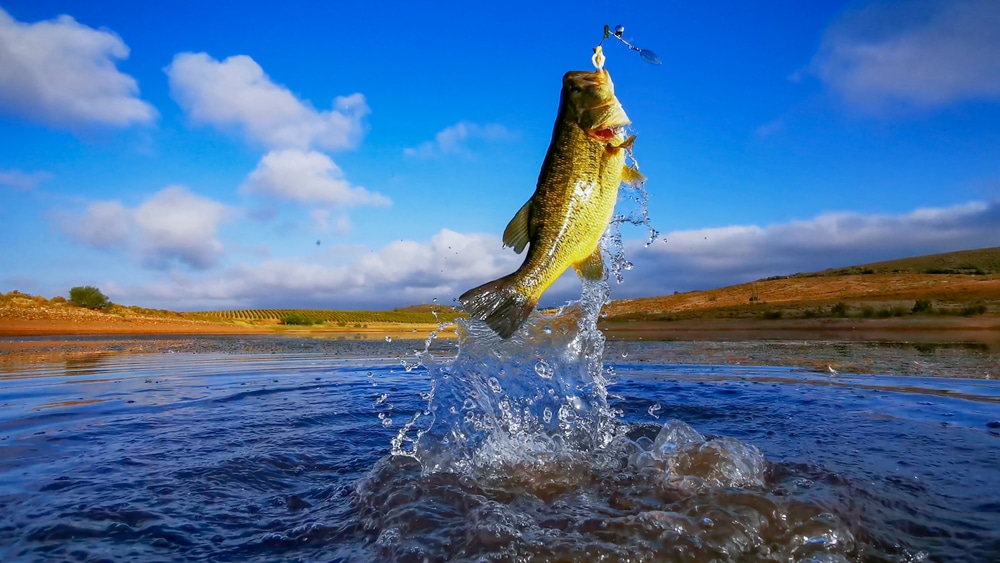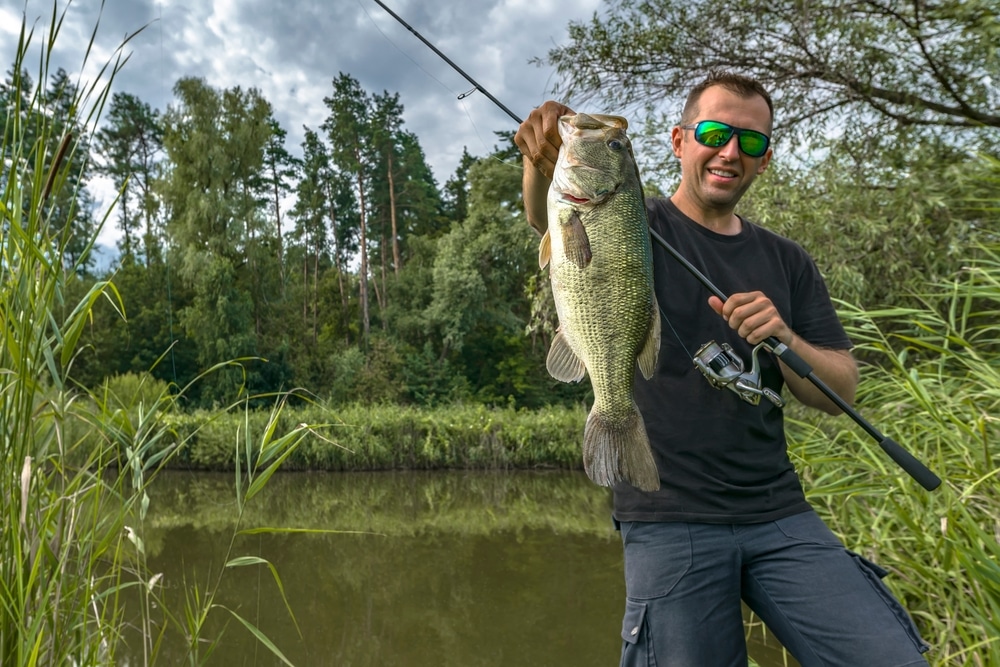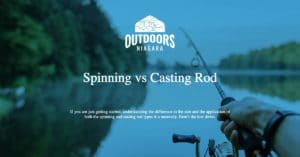Contents
Are They Better at Catching Bass?
The black and blue jigs with a black and blue trailer seems to work well for many bass anglers, but not everyone loves them.
In fact, there is a big debate over whether the black and blue jigs with the black and blue trailer are better.
Those who do not love the black and blue jigs go for the green and pumpkin color.
The difference in performance for everyone involved may come down to fishing technique, color of water, and time of day when you are fishing.

Which Jig and Trailer Colors Work Best for Bass?
The color selection is really about the color of the water. For clear water, the natural colors – green and brown – green and pumpkin are a good bet.
If those are not working for you, switch to black and blue with a black or blue trailer or white trailer.
In tea-stained water – brighter colors work well – go for chartreuse, pinks, pinks and whites, orange, and vivid greens.
You can try the black and blue jigs in tea-stained water.
The idea here is to find jigs that stand out and that the bass can see in the murky water.
If you are fishing at night, try the black and blue with the blue and white or black and white trailer.
Murky water with a lot of turbidity – electric colors such as chartreuse, reds, bright purples.
It is much harder to see in murky water over tea-stained water. Murky water occurs after a rain when the small bits of mud and dirt cloud the water.
Deeper holes and submerged structures – start with natural color jigs and then go for darker tones.
In the deep pools light is thinner so the green and pumpkin can mimic a minnow very well.
The darker color jigs are more visible at the top of the water where there is more light.
Think of looking into a flashlight beam and trying to figure out what color jacket someone is wearing. In deep pools the light is a funner with the top being very bright.
A bass may not be able to tell red from black or pumpkin from black in the top of the water, but it will notice the black shape struggling.
If you are fishing the top level of water over a deep hole, black is a good bet.

Does Jig Head Color Matter for Bass?
Personally, jig head color does matter, but not as much as the realistic design.
Bass are good at recognizing food and the more realistic the jig head, especially the eye, the more likely they are to strike the jig.
With that being said, color, IMO, is very important and should mimic what is available naturally in the pond or lake.
Yellow/green for perch, dark blue, black, or dark gray for bluegill.
You can see immediately why the color argument over jig color is so heated. Many anglers are dark black and blue or green and pumpkin.
The reality is really an argument over bluegill mimics or perch mimics. A good tip is to carry both and when one is not working, try the other.
Does Black and Blue Work in Clear Water?
Black and blue jigs can work in clear water. You are more likely to get better action from natural colors – greens, tans, pumpkin, over black and blue.
Many factors go into what makes a bass strike a lure or not.
One of those is hunger. If the bass is hungry, it will more than likely strike regardless of the color.
Another consideration is the fringe areas of a river, lake, or pool.
Out in the open in clear water, the light is good, and the bass will recognize colors – greens and pumpkin being a natural fit for that type of lighting.
However, over in the shadows, color may not play as big a role as it does out in the light.
If you are fishing the shadows, go a bit darker. The bass in those areas are looking up from dark water into bright sun.
They may not see color as clearly and will be looking more for movement. A good jig rhythm is more likely to entice them to strike over color.
What Colors Do Bass Like in The Spring?
The best way to figure out what color lure to rig in the spring time is to turn over a few rocks and find yourself a crawdad. If the crawdad is dark, go dark.
If the crawdad is red, orange, or has a lot of white, go light. You can also split the middle and go dark with white.
A good rule of thumb for any type of fishing is to match your lure to what is naturally available.
That means checking out the insects in the air, under rocks, and near shore. The fish will be dialed into those colors.
Learn how to clean the bass once you successfully catch one.







